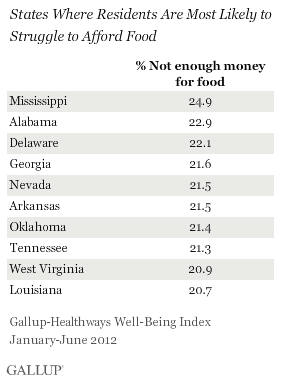
Greg Beale titled his landmark book We Become What We Worship. His thesis is simple: “What people revere, they resemble, either for ruin or for restoration.” He traces the theme throughout Scripture to show that we are worshippers, and that our worship exposes us and changes us. We either revere the world and are conformed to the sinful patterns of the world, or we revere God and are progressively conformed into his likeness.
Take the book of Romans. Beale points out that the Greek word for representation or image (εἰκόνος) occurs in two places (Romans 1:23, 8:29).
In the first reference, Paul begins with the objects and effects of pagan worship. The pagan worship of an image is an act of God-replacement. Idols are twisted versions of reality. Whenever we worship a created object or person or animal, we are acting unnaturally towards the Creator. And through this unnatural worship of a created thing, the life of the worshipper takes on increasingly unnatural characteristics as well — and that unnatural character is reflected in the unnatural sexual sins that Paul later describes.
The second reference to image is found in Romans 8:29, where Paul speaks of those who revere God. Those who “love God” will be conformed to the image of Christ. This is becoming true right now and will ultimately be fully revealed in glorification.
What Beale sees in Romans is that we are being molded into one of two images: either into the distortion of creation (an idol) or into the image of the Creator.
This contrast is made clearer in the parallel connections between the worship in Romans 1:18–27 and the worship in Romans 12:1–2. There we see a stark distinction between serving the world and serving God; between misusing the body and offering the body as service; between living with a God-disapproved mind and living with a God-approved mind.
In whole-life worship of God, our minds are being transformed, and we are being conformed to the image of Christ (see Colossians 3:10). In the act of idolatry, as a heart worships a created image, it is being conformed to the world in its unnatural twistedness (see Romans 1:18–27). And God is not passive in either process.
Beale's point is that our worship and our affections right now are pointers to a future trajectory. Our worship is either aimed at our ruin, or our worship is aimed at our restoration, but it is aimed in either case. We are becoming what we worship. Thus the process of sanctification is the gracious redirecting of our worship and affections away from worldliness and toward God’s image in Jesus as we are conformed to that image (see 2 Corinthians 3:18).
Take the book of Romans. Beale points out that the Greek word for representation or image (εἰκόνος) occurs in two places (Romans 1:23, 8:29).
In the first reference, Paul begins with the objects and effects of pagan worship. The pagan worship of an image is an act of God-replacement. Idols are twisted versions of reality. Whenever we worship a created object or person or animal, we are acting unnaturally towards the Creator. And through this unnatural worship of a created thing, the life of the worshipper takes on increasingly unnatural characteristics as well — and that unnatural character is reflected in the unnatural sexual sins that Paul later describes.
The second reference to image is found in Romans 8:29, where Paul speaks of those who revere God. Those who “love God” will be conformed to the image of Christ. This is becoming true right now and will ultimately be fully revealed in glorification.
What Beale sees in Romans is that we are being molded into one of two images: either into the distortion of creation (an idol) or into the image of the Creator.
This contrast is made clearer in the parallel connections between the worship in Romans 1:18–27 and the worship in Romans 12:1–2. There we see a stark distinction between serving the world and serving God; between misusing the body and offering the body as service; between living with a God-disapproved mind and living with a God-approved mind.
In whole-life worship of God, our minds are being transformed, and we are being conformed to the image of Christ (see Colossians 3:10). In the act of idolatry, as a heart worships a created image, it is being conformed to the world in its unnatural twistedness (see Romans 1:18–27). And God is not passive in either process.
Beale's point is that our worship and our affections right now are pointers to a future trajectory. Our worship is either aimed at our ruin, or our worship is aimed at our restoration, but it is aimed in either case. We are becoming what we worship. Thus the process of sanctification is the gracious redirecting of our worship and affections away from worldliness and toward God’s image in Jesus as we are conformed to that image (see 2 Corinthians 3:18).






 Satellite loop of Isaac from NOAA.
Satellite loop of Isaac from NOAA.




















